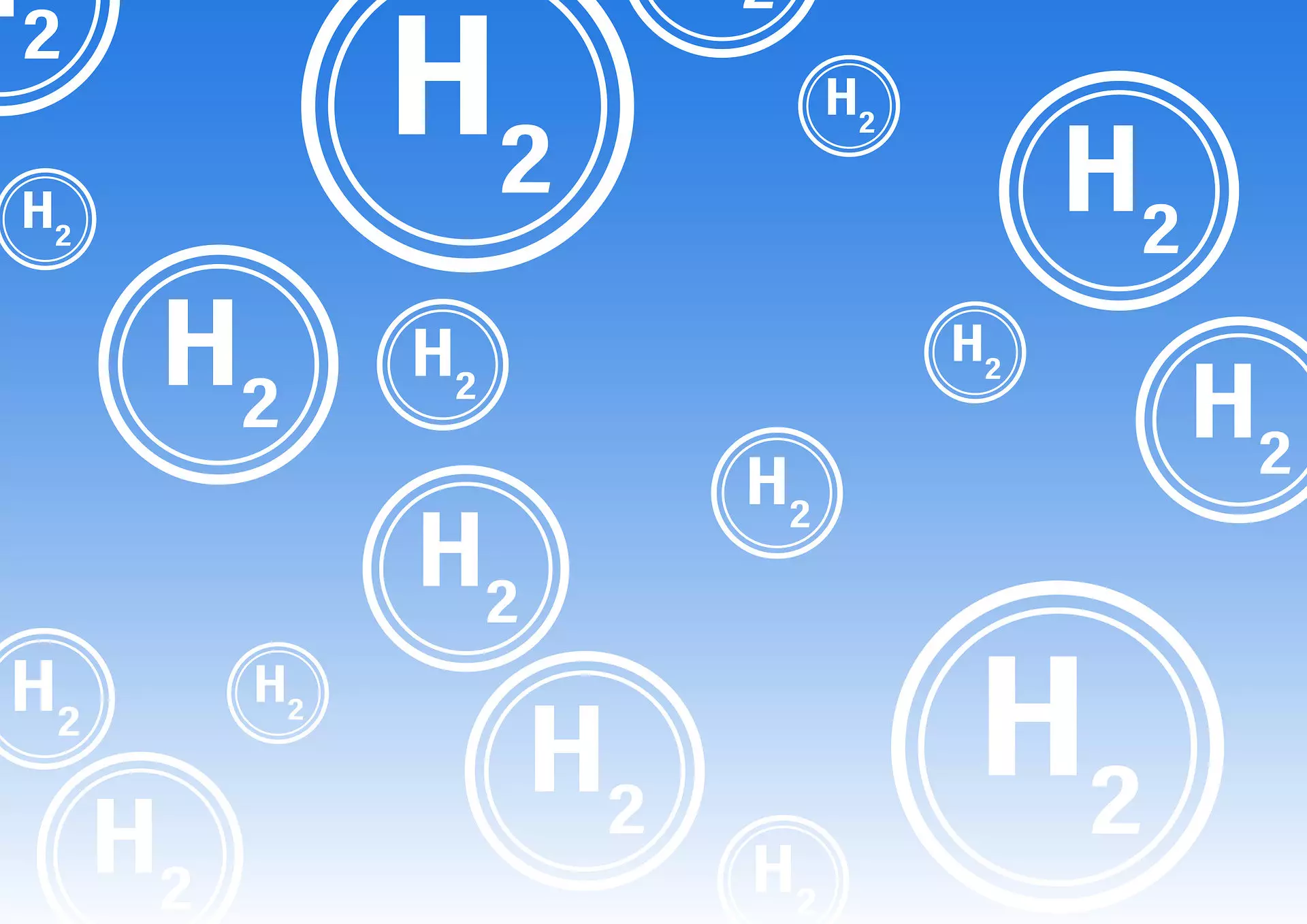Renewable hydrogen is anticipated to have a significant role in decreasing carbon emissions across Europe. Recent research from the Joint Research Centre (JRC) has indicated that sourcing renewable hydrogen from regions with lower-cost renewable energy sources could be more cost-effective than local production. However, concerns have surfaced regarding the environmental implications of transporting large quantities of hydrogen over extended distances, with the method of production and delivery playing a crucial role in determining the environmental impact.
A new study conducted by the JRC compares the life cycle environmental impacts of producing hydrogen on-site through steam methane reforming (SMR) or electrolysis, alongside three different delivery methods: compression, liquefaction, and chemical bonding to other molecules. The transportation modes evaluated include both shipping and pipeline transport over a distance of 2,500 km, equivalent to the span of EU territories and the distance between Portugal and the Netherlands. The study aims to provide insights into the environmental performance of hydrogen delivery to large industries based on production technology and delivery pathways.
The research results reveal that the environmental impact of hydrogen delivery can vary significantly depending on the production technology and delivery method employed. On-site production using efficient renewable sources, like wind power in the Netherlands, emerges as the most environmentally sustainable approach. Importing renewable hydrogen from regions with abundant renewable sources also proves to significantly reduce greenhouse gas emissions compared to on-site production with fossil fuels. However, focusing solely on GHG emissions may neglect other potential environmental impacts.
The study highlights that shipping liquid hydrogen and transporting compressed hydrogen through pipelines exhibit lower environmental impacts when delivering hydrogen over long distances. Conversely, packing and unpacking hydrogen into chemical carriers such as ammonia, liquid organic compounds, methanol, and synthetic natural gas require larger quantities of energy and resources, making these options less desirable for minimizing environmental impact. Notably, there is little variance in the environmental impact of different chemical carriers.
The report emphasizes the interconnectedness between the environmental impact of delivered hydrogen and the renewable energy infrastructure. In order for imported solar-generated hydrogen to surpass conventional hydrogen production from fossil fuels in terms of environmental benefits, improvements in the efficiency of photovoltaic panels and the utilization of renewable energy in their production processes are necessary. Additionally, water usage plays a critical role, with on-site hydrogen generation in water-rich regions presenting a more sustainable option compared to importing from water-scarce areas.
The environmental impact of delivering renewable hydrogen in Europe is influenced by production technology, delivery method, renewable energy infrastructure, and water usage. When on-site production using local renewable sources is unfeasible, importing renewable hydrogen from closer regions emerges as the more environmentally sustainable choice. For long-distance transportation within Europe, delivering compressed hydrogen through pipelines or liquid hydrogen via ships is identified as the preferred option in terms of environmental impact. Policymakers and stakeholders are encouraged to consider these findings in accelerating the transition towards a sustainable hydrogen economy.


Leave a Reply